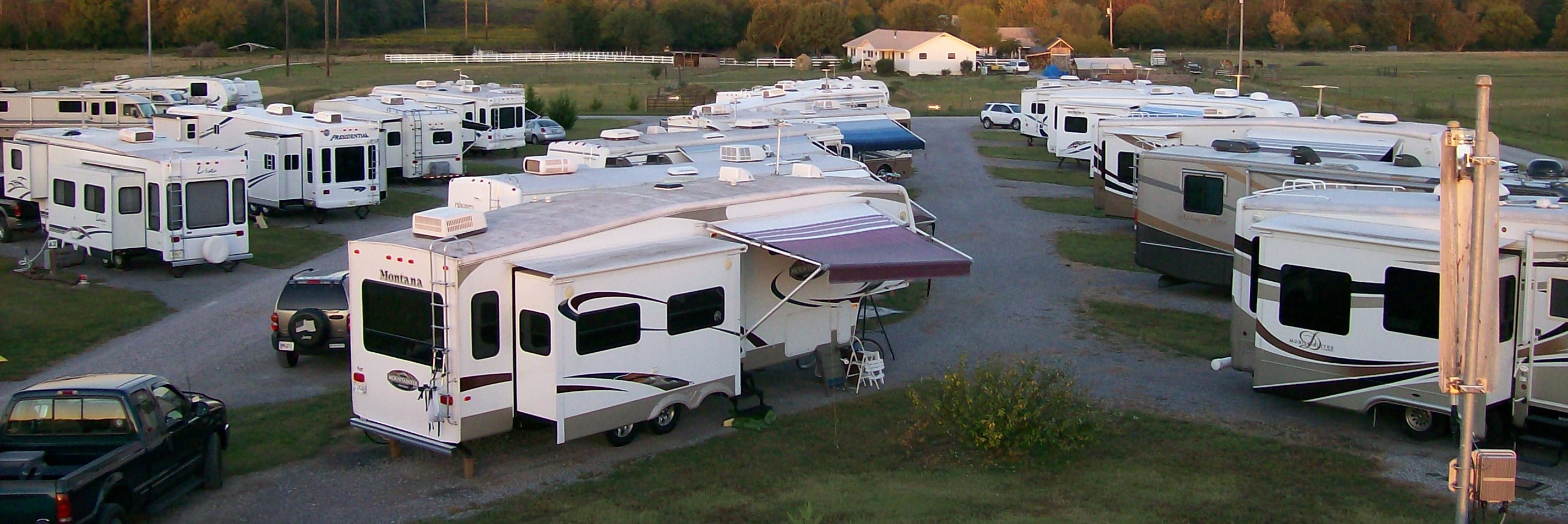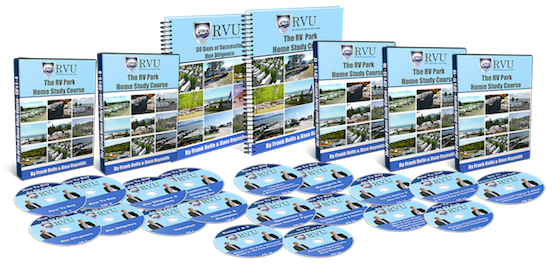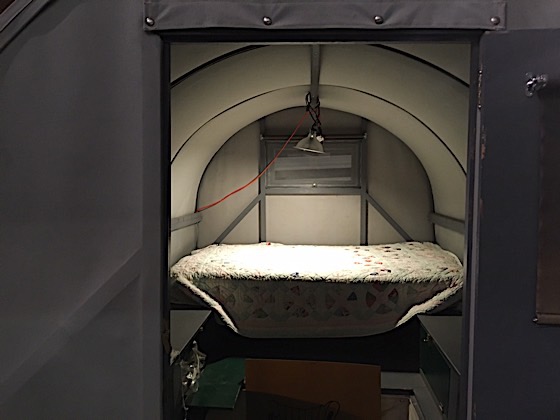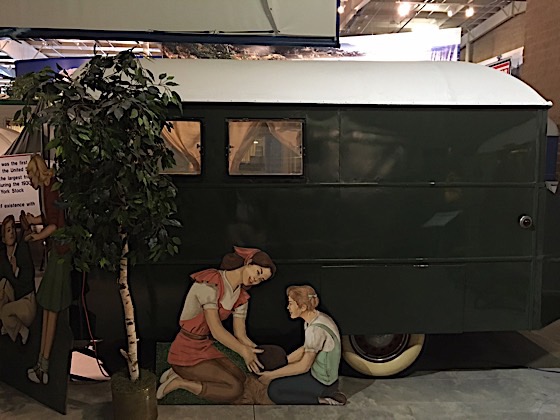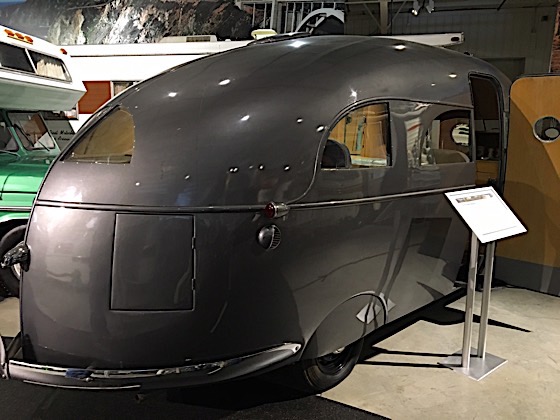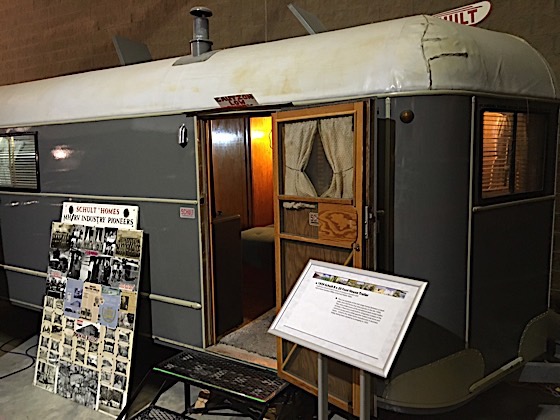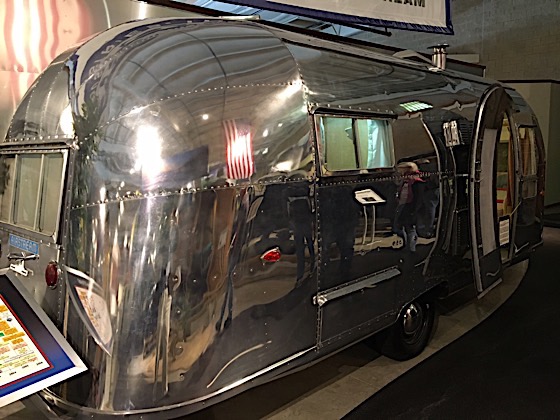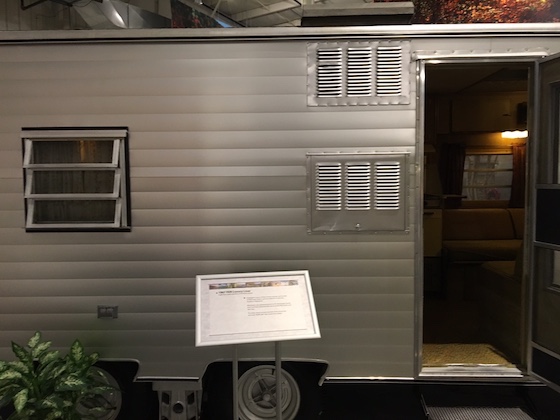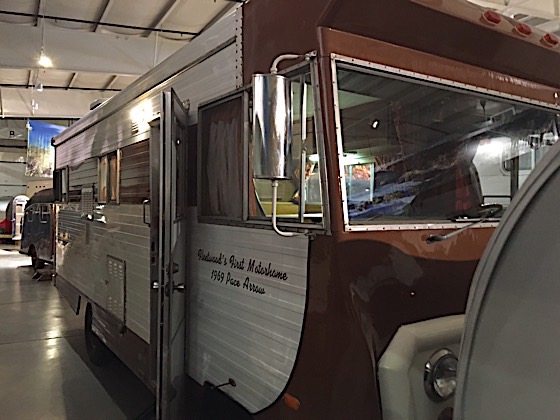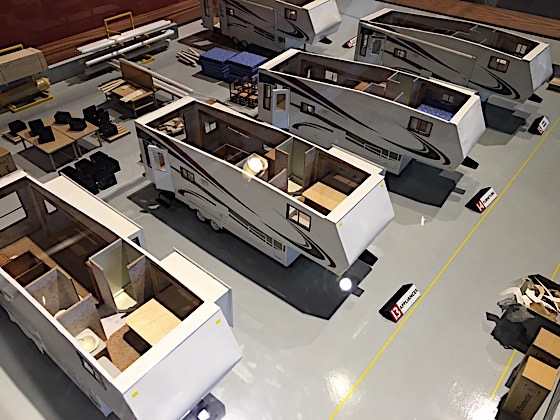The 1929 Covered Wagon travel trailer was the first mass-produced RV. Built by Arthur Sherman, there were 50 Covered Wagons manufactured daily, which represented one out of every six sold in the U.S. at that time. It was built with a plywood shell covered in coated canvas stretched over tarpaper. The company went public in 1937.
The 1929 Wiedman Housecar was the first motorhome. It was quite lavish compared to the Covered Wagon and was owned by celebrities including Maw West.
The 1935 York Rambler had an all-steel body and an integrated storage “trunk” on the front.
The 1937 Hunt Housecar was built by Hollywood producer Roy Hunt. It features an aluminum body and a very futuristic design.
The 1939 Schult House Trailer was quite advanced for its time, with an all-steel body and more creature comforts than most earlier models. It was the first RV to feature a refrigerator and a stove.
The 1954 Holiday Rambler travel trailer was the start of the modern manufacturing era. Holiday Rambler is one of the largest RV producers in the U.S. even today.
This 1958 Airstream Flying Cloud was manufactured in California and features a gas heater, refrigerator, cooking stove, pressurized water system and 110 volt electrical system – all the comforts of home.
The 1964 Coachmen Cadet was the first production model built by Coachmen, which has been one of the most influential pioneers in the RV industry.
The 1966 Mustang travel trailer featured a “bunkhouse” design with a second story bed, as well as the first model with bathroom and shower.
The 1967 Fan Luxury Liner featured the first torsion-bar anti-sway engineering. At this point, the focus was on higher design in the actual safety and handling of the RV.
The 1969 Pace Arrow was Fleetwood’s first motorhome. Fleetwood went on to become one of the most dominant forces in the RV industry, but their motorhome division began with this model.
If you are interested in seeing these and many more pioneering RV models in person, consider visiting the RV/MH Hall of Fame and Museum in Elkhart, Indiana. It’s the only RV-dedicated museum in the U.S.

